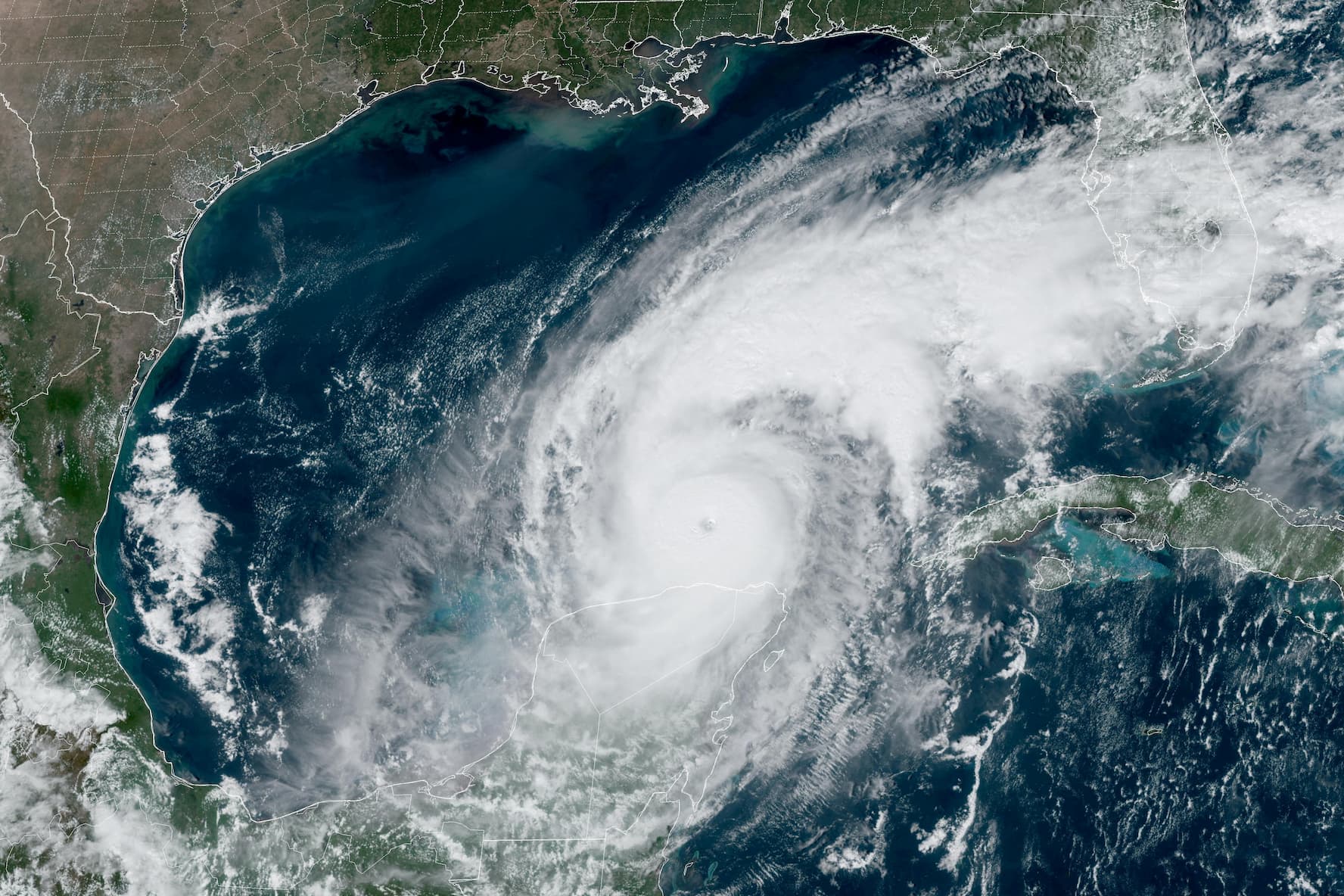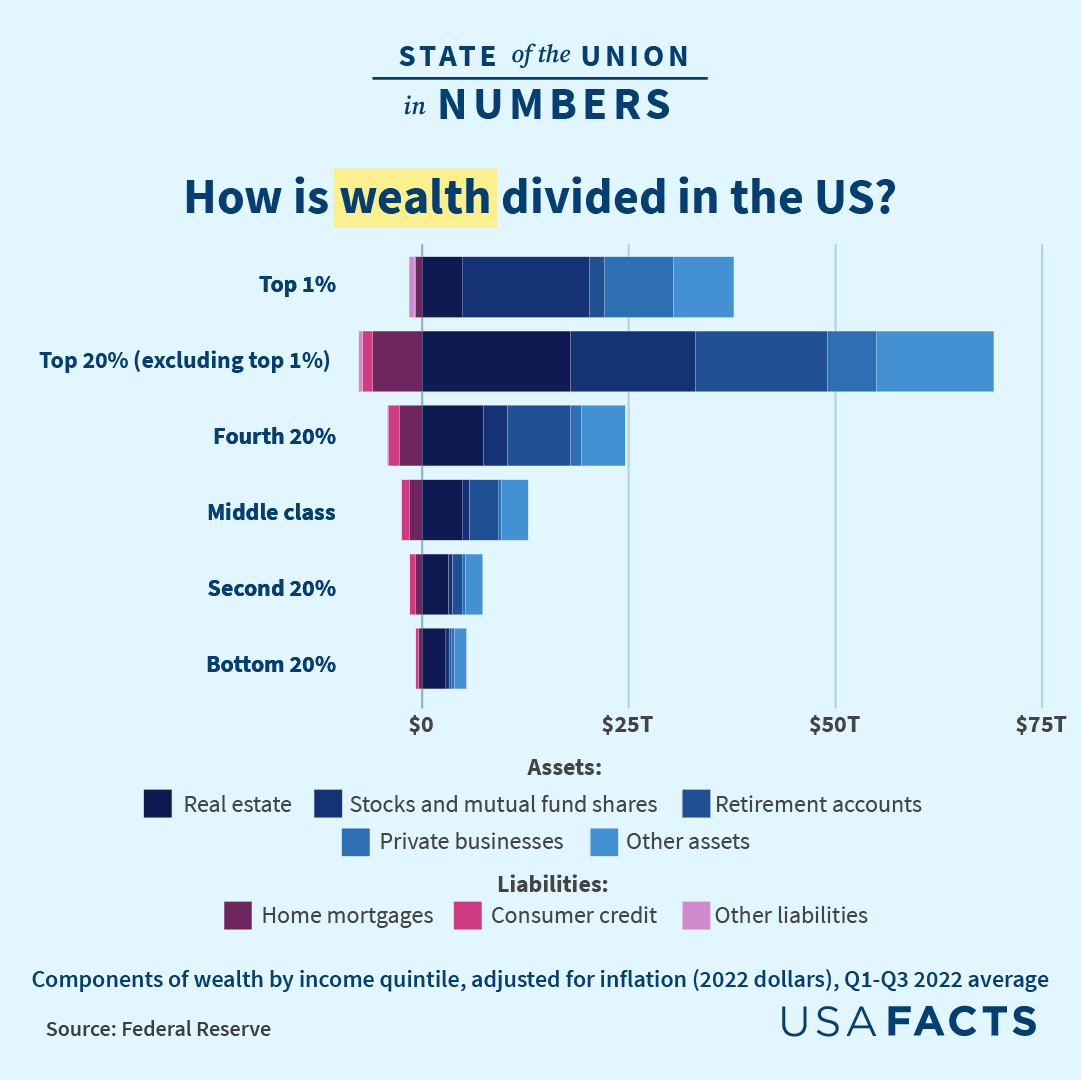California's EV Mandate: Automakers' Aggressive Pushback

Table of Contents
Economic Concerns Fueling Automakers' Resistance
The core of automakers' opposition to California's EV mandate centers on substantial economic concerns. The transition to widespread EV adoption requires significant upfront investments and faces considerable hurdles in terms of infrastructure development.
High Production Costs and Infrastructure Limitations
Producing electric vehicles is currently far more expensive than manufacturing gasoline-powered cars. This cost disparity stems from several factors:
- Increased battery material costs: The raw materials needed for EV batteries, like lithium, cobalt, and nickel, are subject to price volatility and supply chain disruptions, significantly impacting production costs.
- Expensive R&D investment: Developing advanced battery technology, efficient electric motors, and sophisticated charging systems necessitates substantial research and development expenditures.
- Insufficient charging station deployment, especially in rural areas: The lack of a robust and geographically dispersed charging infrastructure poses a significant barrier to EV adoption, particularly for consumers living outside of densely populated urban areas. This infrastructure gap leads to "range anxiety," a key consumer concern.
- Potential for stranded assets: Rapid technological advancements in the EV sector create risks for automakers. Investments in current battery technologies or manufacturing processes could become obsolete quickly, leading to potential losses.
Consumer Demand and Market Readiness
Even with government incentives, the current consumer market isn't fully prepared for a rapid, wholesale shift to electric vehicles. Several factors contribute to this:
- Limited consumer affordability: The higher upfront cost of EVs compared to gasoline-powered vehicles remains a major barrier for many consumers.
- Concerns about driving range: Many consumers are hesitant about the limited range of some EVs, particularly compared to the longer range of traditional gasoline cars. This range anxiety is a considerable impediment to widespread adoption.
- Long charging times compared to gasoline vehicles: The time required to fully charge an EV is significantly longer than filling a gasoline tank, creating an inconvenience for many drivers.
- Lack of public awareness and education: Insufficient public education regarding the benefits and practicalities of EV ownership hinders consumer acceptance.
Challenges to Meeting the Mandate's Stringent Deadlines
Automakers argue that the deadlines set by California's EV mandate are overly ambitious and unrealistic given the existing technological and logistical challenges.
Supply Chain Bottlenecks and Material Shortages
The production of EVs relies heavily on a complex global supply chain for various components, particularly batteries. This global network is vulnerable to disruptions:
- Lithium shortages: The demand for lithium, a crucial component of EV batteries, is far outstripping current supply, leading to price increases and shortages.
- Cobalt mining concerns: The ethical and environmental concerns surrounding cobalt mining present additional supply chain challenges.
- Disruptions in global supply chains: Geopolitical instability, pandemics, and natural disasters can easily disrupt the flow of raw materials and components needed for EV manufacturing.
- Dependence on specific countries for critical materials: The concentration of critical mineral resources in specific countries creates vulnerabilities and potential geopolitical tensions.
Regulatory Uncertainty and Shifting Policy Landscapes
The automotive industry is sensitive to regulatory changes. Uncertainties regarding future regulations create risks for long-term investment decisions:
- Uncertainty regarding future subsidies and tax incentives: Changes in government policies regarding subsidies and tax breaks for EVs can significantly affect automakers' investment strategies.
- Potential for policy reversals: The possibility of future administrations changing or even reversing existing EV policies introduces further uncertainty.
- Legal challenges to the mandate itself: The California EV mandate is facing legal challenges from various stakeholders, creating uncertainty about its long-term implementation.
- Varying regulations across different states: The lack of uniform EV regulations across all states makes it difficult for automakers to plan for nationwide production and distribution.
Automakers' Strategies for Mitigation and Negotiation
Facing the stringent requirements of the California EV mandate, automakers are employing various strategies to mitigate the challenges and negotiate more favorable terms.
Lobbying Efforts and Political Pressure
Automakers are actively engaged in lobbying efforts and political pressure campaigns:
- Financial contributions to political campaigns: Automakers contribute financially to political campaigns to influence policymakers and legislation.
- Hiring lobbyists to influence legislation: Large automotive companies employ lobbyists to advocate for their interests and push for more lenient regulations.
- Public awareness campaigns downplaying the urgency of the mandate: Some automakers launch public campaigns that aim to soften public support for aggressive EV mandates.
Technological Innovations and Alternative Solutions
While facing pressure to embrace EVs, automakers are also exploring alternative approaches:
- Investments in hybrid technology: Hybrid vehicles offer a compromise between gasoline-powered and fully electric cars, providing a transitional path towards cleaner transportation.
- Development of alternative fuel sources: Research and development into alternative fuels like hydrogen could offer alternative solutions to reduce emissions.
- Focusing on improving internal combustion engine efficiency: Improvements in fuel efficiency can help reduce emissions from gasoline-powered cars in the short term.
Conclusion
California's EV mandate represents a significant and ambitious attempt to accelerate the transition to a cleaner transportation future. However, it is encountering substantial pushback from automakers, who cite significant economic concerns, technological hurdles, and regulatory uncertainties. The tension between environmental goals and the practical realities of the automotive industry underscores the complexities of implementing such ambitious policies. The debate highlights the need for a balanced approach that considers both the environmental benefits of widespread EV adoption and the economic challenges faced by the automotive industry.
Call to Action: The debate surrounding California's EV mandate is ongoing and its implications will extend far beyond the state's borders. Understanding the diverse perspectives and challenges involved – from the economic hurdles faced by automakers to the environmental imperatives driving the mandate – is crucial for informed discussions about the future of clean transportation. Staying informed on developments in the California EV mandate, and similar electric vehicle initiatives nationwide, is essential for all stakeholders.

Featured Posts
-
 Elecciones Correismo Cuestiona Veto Al Uso De Celulares En La Segunda Vuelta
May 19, 2025
Elecciones Correismo Cuestiona Veto Al Uso De Celulares En La Segunda Vuelta
May 19, 2025 -
 Actors Join Writers Strike Total Hollywood Shutdown
May 19, 2025
Actors Join Writers Strike Total Hollywood Shutdown
May 19, 2025 -
 Ufc 313 Mairon Santoss Contention Regarding His Fight With Francis Marshall
May 19, 2025
Ufc 313 Mairon Santoss Contention Regarding His Fight With Francis Marshall
May 19, 2025 -
 Jennifer Lawrence Shows Off Growing Baby Bump In New York City
May 19, 2025
Jennifer Lawrence Shows Off Growing Baby Bump In New York City
May 19, 2025 -
 Celebrity Couples And Income Disparity A Wifes Struggle For Financial Security
May 19, 2025
Celebrity Couples And Income Disparity A Wifes Struggle For Financial Security
May 19, 2025
